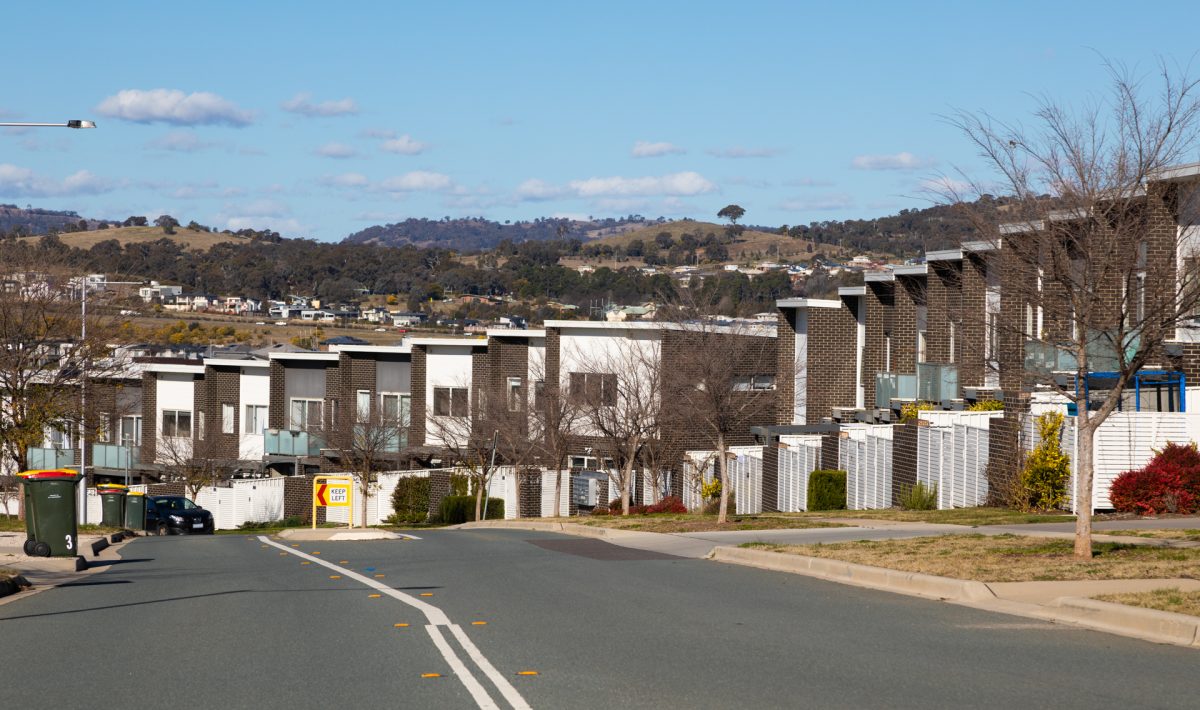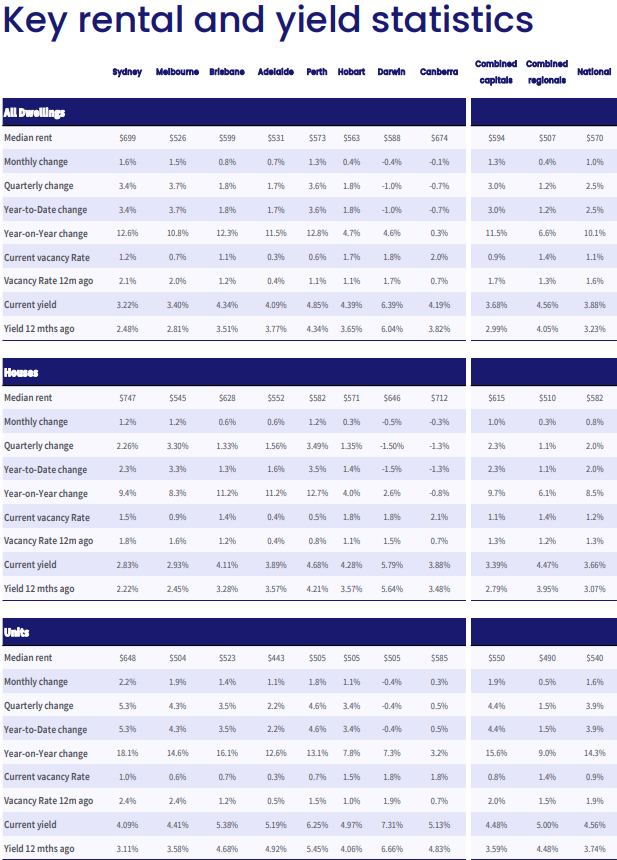
Canberra renters have a lot more choices than this time last year. Photo: Michelle Kroll.
Canberra has lost its infamous crown as the most expensive city in Australia to rent a home, easing 0.7 per cent over the March quarter.
It may not yet be a tenants’ market, but the pendulum has swung slightly in their favour, according to CoreLogic’s Quarterly Rental Review.
The review shows rents easing and vacancy rates improving – a turnaround that has surprised Canberra agents used to queues at open homes and bracing for an influx of students and new workers.
That may be the case in Sydney and Melbourne, but in Canberra, the rush hasn’t happened, although it still remains a tight market.
The slight fall in the median rent to $674 a week for all housing types comes as the ACT’s vacancy rate also improved to 2 per cent.
Month to month, the median hardly budged in March, but surging demand in Sydney driven by migration and international students has seen it overtake Canberra.
Rents for all dwellings in Canberra over the past 12 months have risen marginally (0.3%), while a year ago, the vacancy rate was a crushingly tight 0.7 per cent.
The figures show it is easier to rent a house this year, with rents slipping 1.3 per cent over the quarter to a median of a still high $712 a week and the vacancy rate 2.1 per cent compared with 0.7 per cent a year ago.
Rents for cheaper units and townhouses, however, are rising, up 0.5 per cent this year to a median of $585 a week. But like houses, there are also more of them available this year than a year ago, with a vacancy rate of 1.8 per cent, compared with 0.7 per cent in March 2022.
Real Estate Institute of ACT President and property management expert Hannah Gill said the expected first quarter influx, especially of international students, had not materialised, and vacancies had doubled in the quarter.
“Initially, there was a frenzy of inquiry from international students when China changed its rules, but we haven’t seen the flow-on from that,” she said.
“It’s so strange, talking to other agents across Canberra, everyone’s standing at open homes, and no one’s coming.”

CoreLogic capital city rental data. Image: CoreLogic.
Ms Gill said the other factor was that with the rising cost of living, people were extremely price sensitive.
She said some people were staying put to save money and families were forsaking a four-bedroom home at $700 a week for a two to three-bedroom apartment at $600 a week.
Post-COVID, people were also sharing more to cut costs.
“In COVID, we saw a shift from shared spaces to their own space, but now with COVID behind us, people are now looking at financial decision-making rather than lifestyle,” Ms Gill said.
She said that all of a sudden, tenants had a lot of choice so they were being choosy, “whereas six months ago you’d take what you could get, and if you had to pay more than you wanted, you had no choice”.
But Ms Gill said it still wasn’t a balanced market with high rents and low vacancy rates.
“It’s going to be a very interesting market – owners are trying to make as much as possible and the market is softening,” she said.
CoreLogic economist Kaytlyn Ezzy said there had been an uptick in the flow of new listings in Canberra over the year, lifting the overall supply of rental properties.
“It’s one of the few capitals that has seen rental stock above that five-year average, about 30 per cent above,” she said.
“As we see those construction projects that were started during COVID held up by supply shortages of supply start to be completed, we would expect to see some demand ease off that rental market.”
Ms Ezzy agreed that some households were trying to minimise their rental burden by taking in an extra tenant or sacrificing their office.
But she said rents were unlikely to fall back to pre-COVID levels, although the interest rate pause and the possible end of the tightening cycle could bring investors back into the market, increasing supply and putting pressure on rental values.
Original Article published by Ian Bushnell on Riotact.




